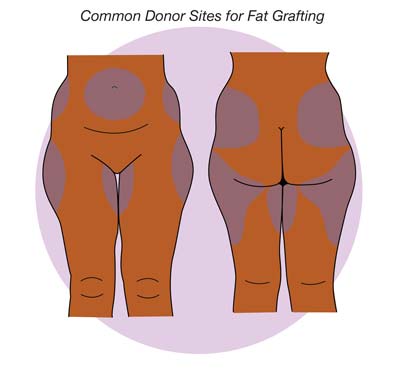Procedure
When a localization procedure is needed, it's typically done sometime in the 30 days before the lumpectomy. Guided by imaging (either mammography or ultrasound), the radiologist locates your tumor, numbs your breast with a local anesthetic, and places either a wire or a Magseed in the tumor. The localization procedure takes about an hour.
The lumpectomy itself usually requires general anesthesia, meaning you will be completely asleep. The surgeon makes an incision in your breast to remove the tumor and some of the surrounding tissue, which will be analyzed for the presence of cancer cells. After removal, the surgeon closes the incision and places sutures (stitches) that will either dissolve on their own or be removed later by your doctor.
If you're having breast reconstruction, it may be done at the same time.
After surgery, you'll be moved to a recovery room and monitored while you wake up from the anesthesia. Most people can go home the same day.
If cancer cells are found in the tissue surrounding your tumor, you may need a second procedure, or re-excision, to remove the remaining cancer.
Breast reconstruction
When a lumpectomy will cause cosmetic concerns, some women choose to have breast reconstruction. Three types of reconstruction are commonly paired with a lumpectomy:
- Breast reduction.
In this approach, your surgeon decreases the size of both breasts to make them look similar. The procedure is done immediately following the lumpectomy while you're still in the operating room. (If you have large breasts or a large amount of tissue removed during your lumpectomy, you may also receive a breast lift, or mastopexy, for a better aesthetic appearance.) This type of reconstruction causes more scarring because it requires additional incisions, but the scars generally become less noticeable over time.
- Complex closure.
In this method, also done immediately following the lumpectomy, your surgeon rearranges the tissues near the incision to improve the contour of your breast.
- Fat grafting.
This is an option for lumpectomy patients after completing radiation therapy, since radiation can increase the risk of scarring if performed before reconstructive surgery. Unlike other reconstructive methods, fat grafting doesn't require additional incisions, so there are no extra scars.
The surgeon uses liposuction to remove fat from the abdomen, lower back or thighs and then injects it into the breast. Additional fat transfer procedures may be necessary to achieve the desired result.








